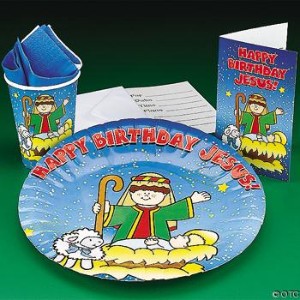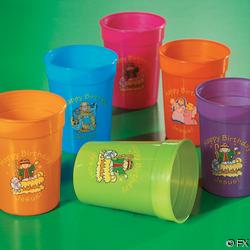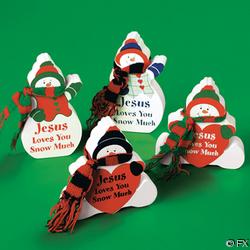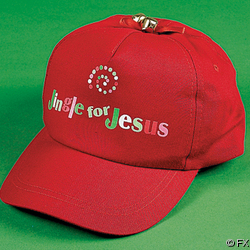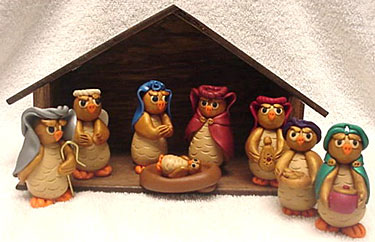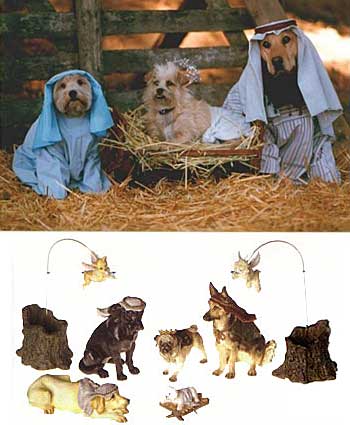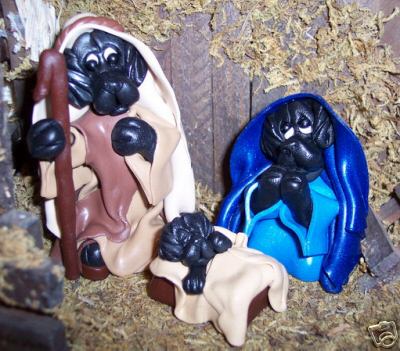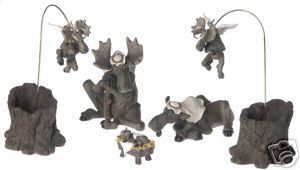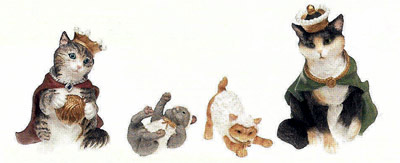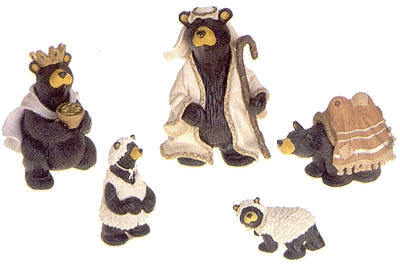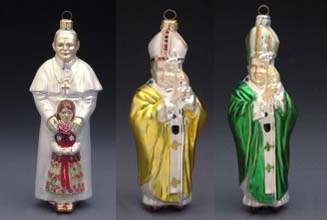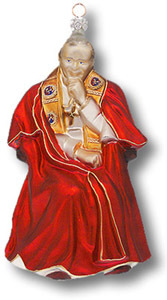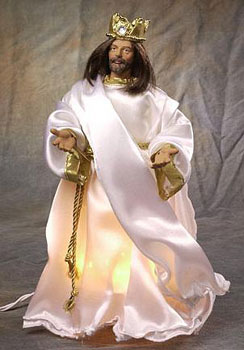[Since I am going to be quite busy the two days with family, church, and preparing a turkey dinner for twenty people, I thought I would post some more informal Christmas meditations. The next couple posts are made up of one of my Christmas sermons; I reproduce it here in two parts with only minor editing. – TFW]
Sometimes I don’t think we realize the full significance of Christmas because we focus too much on a romantic and idealized version of the Christmas story: Joseph and Mary going to Bethlehem and not finding any place to stay the night, end up giving birth to baby Jesus in a manger, etc. This quaint and romantic idea is epitomized in the Christmas carol, “Away in a Manger.�
Away in a manger, no crib for His bed,
The little Lord Jesus lay down his sweet head.
The stars in the sky looked down where He lay
The little Lord Jesus, asleep on the hay.
The cattle are lowing, the poor Baby wakes,
But little Lord Jesus, no crying He makes;
I love Thee, Lord Jesus, look down from the sky
And stay by my cradle till morning is nigh.
But there is nothing quaint or romantic about the Christmas story as told in the gospels of Luke and Matthew.
Luke’s story highlights how when Jesus was born, how he came to the dregs of society – to the poor, to the outcasts. Jesus was born in a peasant home or perhaps even a cave for animals and was placed in a dirty animal feeding trough (for those of you who have dogs… imagine not cleaning your dog’s food dish for a year and then think about whether or not you would want to let a baby play with it!), then to top it off his “healthy beginningsâ€? visit was made by a bunch of filthy lowly shepherds – outcasts of society.
Matthew’s story isn’t a whole lot better! Matthew doesn’t say much about Jesus’ birth, but he does recount how when Jesus is a toddler he was visited by some wise men (astrologers) who recognized him as a future king… while this was nice and while I’m sure they appreciated the gifts they brought, the astrologers also alerted Herod to the existence of a potential challenge to his power – which made Mary and Joseph and Jesus flee to Egypt (anyone who has ever taken a two-year old on a long driving trip knows what fun they must have had along the way!)
Thus, the Christmas story isn’t quaint or romantic… and I think that we have to work hard to o make sure it doesn’t become so familiar that it looses its power for us!
But this morning I want to direct our attention to a couple of Bible passages that may at first glance be unlikely candidates for a Christmas message. Both are attributed to the Apostle John, and both also give accounts of the birth of Jesus, so to speak: The first I have dubbed John’s “Apocalyptic Adventâ€? (Revelation 12) and second is John’s “Metaphysical Mangerâ€? (the first chapter of John’s Gospel).
Both of these stories will give us a very different perspective on Jesus’ birth, and will teach us a couple things about Christmas that the traditional stories don’t.
John’s Apocalyptic Advent (Revelation 12)
The first “birth story� I want us to take a look at is perhaps the weirdest one in all scripture. It comes from the book of Revelation – a book that also gets the award for being perhaps the weirdest in the Bible. It’s a book that is notoriously difficult to interpret. It’s full of symbols and apocalyptic language. It reveals the first lesson that I want us to take home today: There’s More to Christmas than Meets the Eye.
When Jesus was born, it was far from a regular everyday birth: it was an event of cosmic and eternal significance. It was an event which had massive implications in the spiritual realm. Now, the traditional Christmas stories also point towards this cosmic significance of Jesus’ birth: Luke has the multitude of angels announcing Jesus’ birth to the shepherds and Matthew recounts how astrologers find a heavenly sign of the birth of a king. But these signs pale in comparison with what was revealed to John:
12:1 A great portent appeared in heaven: a woman clothed with the sun, with the moon under her feet, and on her head a crown of twelve stars. 2 She was pregnant and was crying out in birth pangs, in the agony of giving birth. 3 Then another portent appeared in heaven: a great red dragon, with seven heads and ten horns, and seven diadems on his heads. 4 His tail swept down a third of the stars of heaven and threw them to the earth. Then the dragon stood before the woman who was about to bear a child, so that he might devour her child as soon as it was born. 5 And she gave birth to a son, a male child, who is to rule all the nations with a rod of iron. But her child was snatched away and taken to God and to his throne; 6 and the woman fled into the wilderness, where she has a place prepared by God, so that there she can be nourished for one thousand two hundred sixty days. (NRSV)
The passage continues to recount of a great war in heaven between Michael and his angels and the dragon… and how the dragon suffered an initial defeat and then a final defeat and how God’s kingdom has come the kingdom of God and the messiah… etc. So here we have a surrealistic and highly symbolic portrayal of the birth of Christ and its cosmic and spiritual implications: that with the coming of Christ there erupted a great war in the heavens, a war in which God was ultimately victorious.
This sounds more like something Gandalf or Elrond would say in The Lord of the Rings than anything you would think you would find in the Bible! And its something we really don’t know what to do with. From early on we are brought up to trust our senses and be skeptical of anything that can’t be verified by them. Most of us have a hard time believing that the world as we see it is really not the world as it is. And even if we believe it, we don’t seem to live any different because of it!
But the reality is (at least the reality presented in the Scriptures) that the world as we see it is not the world as it is. And Christmas as we typically see it – a cute baby in a manger – is not Christmas as it is.
It’s kind of like The Matrix… when we accept Jesus as Lord and Savior, when we take the blue pill, so to speak, and a whole new reality opens up to us. We recognize the world that we thought we knew is really only some of the story. (Of course, a major difference between reality and The Matrix is that there is continuity between the world or our senses and the spiritual world… rather than discontinuity as in The Matrix.)
So the first lesson I want us to take home with us today is that There’s More to Christmas than Meets the Eye. The birth of Jesus represents an event of such spiritual magnitude that is only surpassed by his death on the cross — and that should amaze us!
The second passage I want to direct out attention to this morning helps us understand some of the theological implications of the birth of Jesus… but I will turn to that in tomorrow’s Christmas post.
For those of you who celebrate Christmas, have a great Chrstmas eve.



